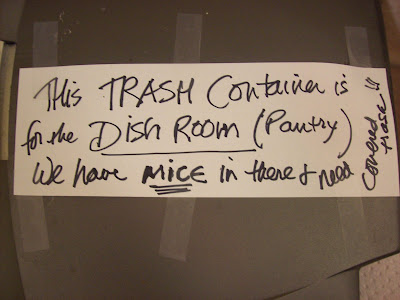As we prepare for the Solemnity of the Most Holy Trinity, we thought we might share a word or two about what an important model the Trinity is for a religious community. The Church's document, "Fraternal Life in Community" points out that:
"It is impossible to understand religious community unless we start from its being a gift from on high, from its being a mystery, from its being rooted in the very heart of the blessed and sanctifying Trinity, who wills it as part of the mystery of the Church, for the life of the world."
Religious community life, not unlike family life, calls for a careful distinction between living "in common" and living "in communion" with one another. We can share our food in common and we can share the same space and keep our belongings in common. (Or as one sister was recently heard to quip, "There is no 'mine' and 'thine' in the Visitation.")
Keeping things in common, however -- as important as it is -- is a mere suggestion of the communion that we strive to cultivate in our relationships with one another. This is where the gift of community -- as of family -- is a mystery. The Lord does not call to religious communities those who are cookie-cutter-exact copies of one another. We are different people with different gifts and limitations who may not have chosen each other as "friends" in a common workplace. And although we may not have chosen each other, we have each been chosen by God for the work of building community. When we allow the Lord's grace to work in us to deepen our communion with one another we become a sign of this unity -- which is the life of the Triune God.
"Love not finding us equal, equalizes us, not finding us united, unites us. Now the Father and the Son finding Themselves not only equal and united, but even one same God, one same goodness, one same essence and one same unity, how much must They love one another."
St. Francis de Sales













